Top 11 Trending Technologies in IT in 2023 – AI, Web 3.0 and More

Igo Lubczański
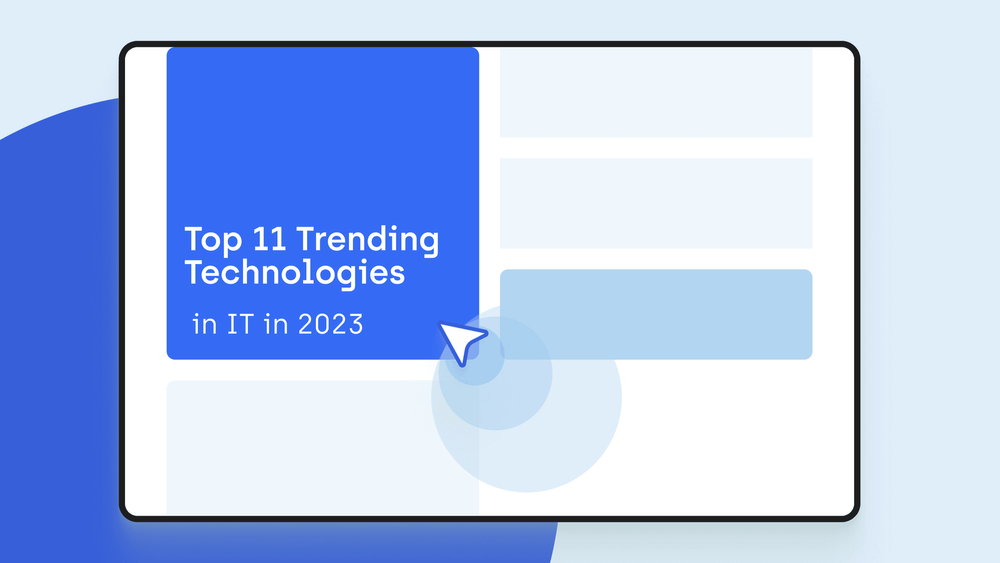
Artificial intelligence, cloud computing, and machine learning are just some of the buzzwords we hear every day in the IT industry. But are they the future technology that will enhance the digital world? Let's find out together on this list of new technology trends!
Why Are Technology Trends Important?
Recently, McKinsey Digital published a report named “Technology Trends Outlook 2023”. It is a comprehensive publication that shows the importance of both existing and emerging trends. The authors pinpoint artificial intelligence as a reason for the recent enthusiasm regarding modern technology trends.
Inspired by that report, we created a comprehensive list of technology trends to look out for – as they will change the way we work, live, and innovate. Modern technological advancements are disrupting the tech industry at an astonishing speed – leaving us no other choice but to catch up to them.
Let's Have a Look at the List of Trending Technologies:
#1 Applied AI
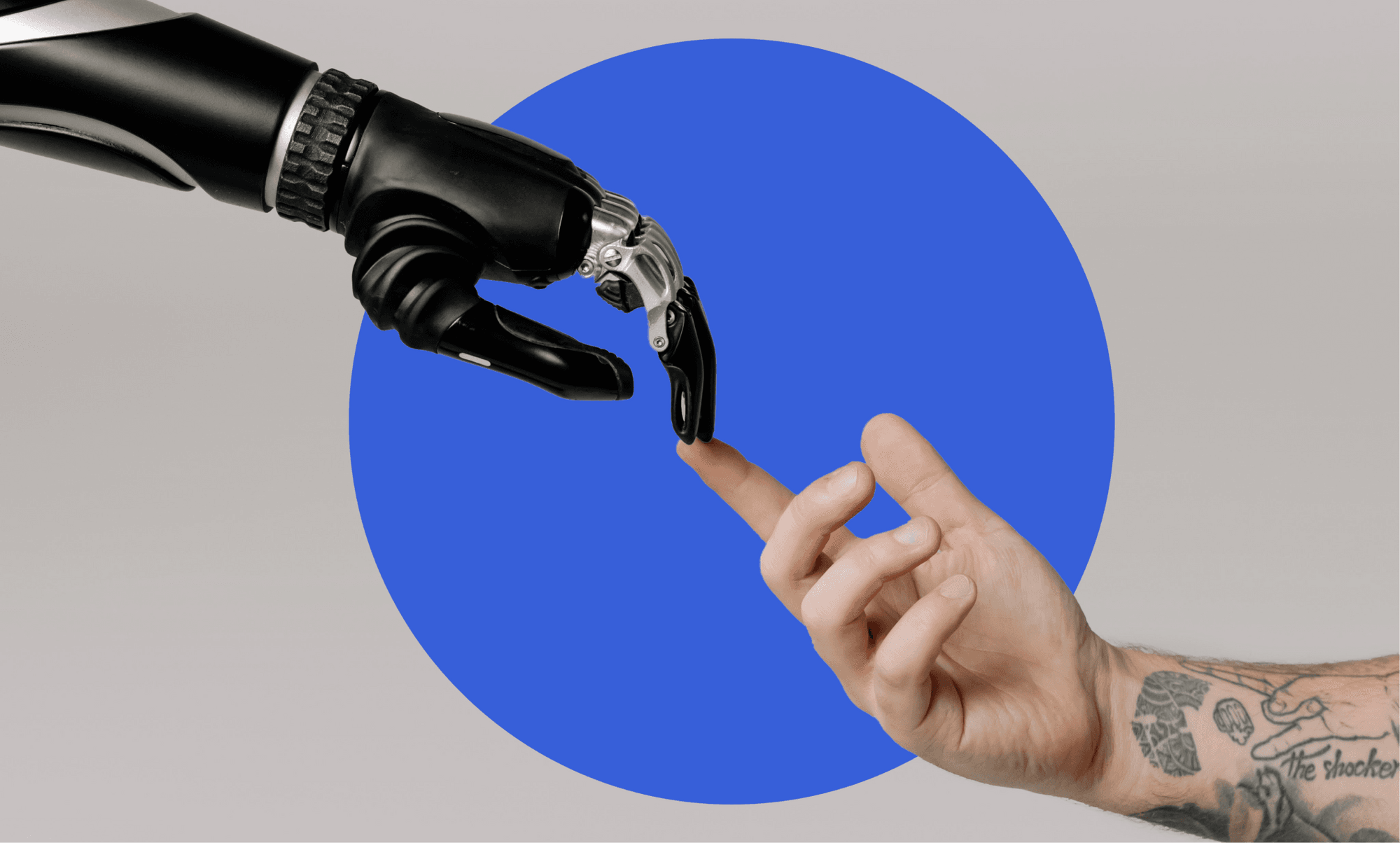
What is it? The term applied artificial intelligence refers to the practical application and implementation of AI technologies to address specific, attainable objectives and achieve tangible results. It involves utilizing AI techniques, algorithms, and tools to address particular tasks, automate processes, make informed decisions, and optimize operations across various domains and industries.
How Will it Affect the Future? Such skills as machine learning, data science, TensorFlow, and computer vision will be in high demand from the employees. Companies are already investing massive amounts of capital into applied AI solutions – Emirates Team New Zealand has optimized hydrofoil design and testing by using AI to simulate the sailor/human participant of the experiment.
Why Does This Trend Matter? According to McKinsey, the potential economic value from applied AI is estimated to be from $17 trillion to $26 trillion – and the number of companies pursuing the value will be increasing.
#2 Industrialization of Machine Learning

What is it? Machine learning techniques and technologies are incorporated into various industries to streamline processes, improve decision-making, and drive innovation. They are often referred to as ML Operations or MLOps.
How Will it Affect the Future? Numerous organizations will adopt the industrialization of Machine Learning. According to ICD, it is predicted that 60 percent of organizations will have implemented MLOps by 2024. Machine learning fundamentals will be a high-demand skill in the software engineer talent pool.
Why Does This Trend Matter? According to McKinsey, organizations that successfully industrialize machine learning can reduce the production time frame for machine learning applications by eight to ten times and reduce development resources by up to 40 percent.
#3. Generative AI

What is it? Generative AI refers to a group of methods and models that are made to create fresh content, information, or outputs reminiscent of existing examples. In contrast to conventional AI systems, which are predominantly employed for classification or prediction tasks, generative AI focuses on the creation of novel and original content that closely resembles human-generated data.
How Will it Affect the Future? Generative AI is one of the most prominent emerging technologies. It has great potential, as it can potentially be used to automate business processes, create engaging content, or it can assist healthcare professionals in patient diagnosis. It will most likely change the shape of the current workforce in the near future, promoting skills related to the development of generative AI and associated technologies.
Why Does This Trend Matter? The trend is yet to become mainstream, leaving a lot of potential for investors and researchers to come up with new technologies and business ideas. To give one an idea about the scale of investments, Microsoft has invested over $10 billions in the multiyear deal with OpenAI. It also opens up the potential disruption path for self-starters looking to do every aspect of the business by themselves – using the aid of generative AI, such as ChatGPT.
#4 Next-generation Software Development

What is it? Next-generation software development is a very broad term, but it can be attributed to such phenomena as agile and DevOps evolution, low-code and no-code development, microservices, serverless architecture, or cross-platform development. It is, generally speaking, technology trends changing the way we code and view software development.
How Will it Affect the Future? Next-generation tools already enhance the work of developers (e.g., GitHub Copilot) and soon they can be an aid to non-tech workers. Gartner predicts that by 2026 80% of low-code and no-code tool users will be outside the traditional IT organizations.
Why Does This Trend Matter? Coding and software development will become more accessible, as well as less prone to human mistakes. Continuous integration, cloud computing, Amazon Web Services, microservices, Java, and DevOps, are the top skills and areas of knowledge that the business will look for in the tech jobs talent pool.
#5 Web 3.0
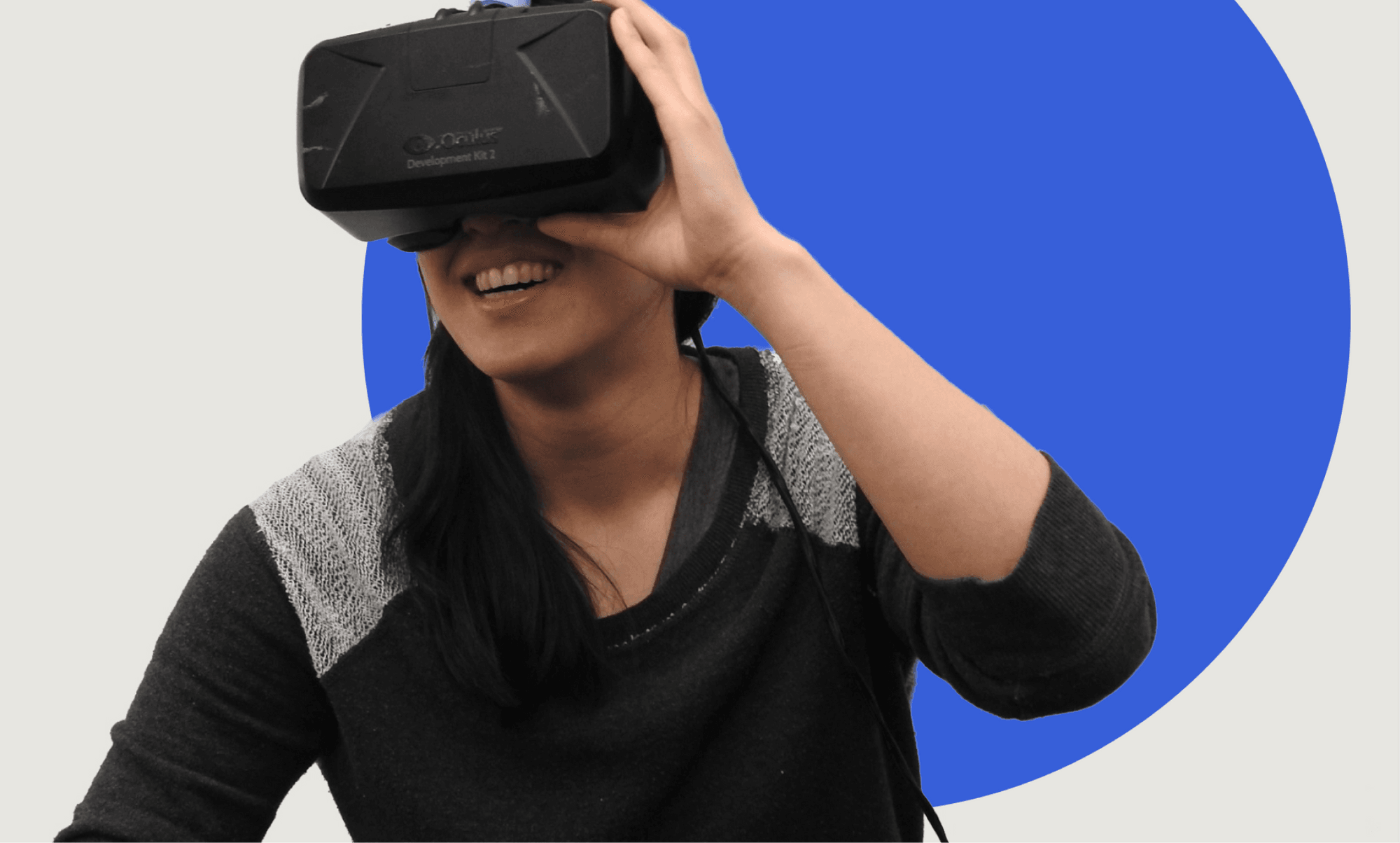
What is it? Web 3.0 is a vision for how the World Wide Web will evolve in the future. It's about reshaping how info is gathered, linked, and used online by giving it a deeper meaning and context, enabling more intelligent interactions between humans and machines. Web 3.0 builds upon the concepts of Web 1.0 (static web pages) and Web 2.0 (user-generated content and social interaction) and introduces new technologies and standards to enhance the web experience.
How Will it Affect the Future? Web 3.0 has already made some ruckus, due to the introduction of such concepts as NFT or blockchain technology-based cryptocurrency. Ethereum-based technology is still growing and has potential rivals, such as Algorand, which is claiming to be the green technology of blockchain.
Why Does This Trend Matter? The concepts of Web 3.0 are novel and are difficult to grasp by the mainstream. A good understanding of this technology trend can be an enormous advantage when making investments or setting up new business models based on Web 3.0 products.
#6 Digital Identity and Trust Architectures

What is it? Digital Identity and Trust Architectures refer to the frameworks, technologies, and systems designed to establish and manage individuals' online identities securely while fostering trust among various parties in digital interactions. Digital identity and trust are critical components to ensure security, privacy, and reliable communication in an increasingly digital world.
How Will it Affect the Future? The threat of hacking and malicious activity regarding our digital identity is real and can be a big danger to sensitive data. Big companies that are undergoing digital transformation should (and will) make sure to invest in cybersecurity professionals. According to Juniper Research, the number of digital identity apps in use will exceed 4.1 billion worldwide by 2027; rising from 2.3 billion in 2023.
Why Does This Trend Matter? Loss of important data can not only be dangerous for businesses but also for customers and their identities. In 2021, Polish gaming company CD Projekt Red was hacked, resulting in the leak of one of their games source code – Cyberpunk 2077. As the company is listed on the stock exchange, this incident had an influence on the stock price.
#7 Augmented Reality and Virtual Reality Technologies
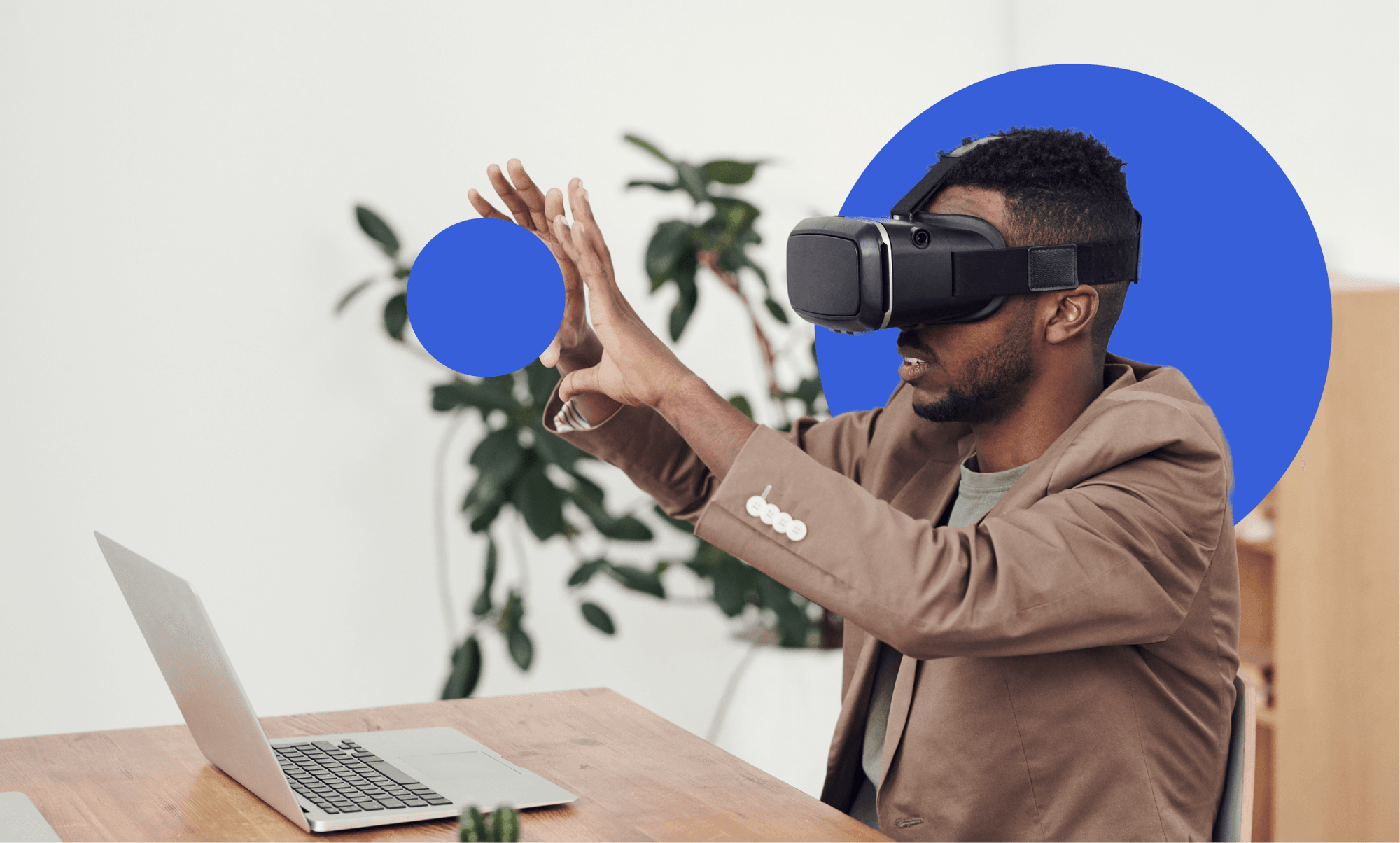
What are they? Augmented Reality (AR) and Virtual Reality (VR) technologies are advanced digital technologies that seamlessly integrate the virtual and real worlds to produce enhanced sensory experiences for users. Despite their distinct characteristics, both AR and VR aim to immerse users in digital content and enhance their perception of reality in different ways.
How Will it Affect the Future? Augmented Reality can be used both for fun (e.g., learning how to cook) and advanced technologies aiding professionals. Recently, one of the companies released an idea of a product, that would help the boat operators repair their boats by themselves – using the AR headset and a guided instruction overlaid on the view of machinery. This can be a way to enhance human performance with technological advancement. As for Virtual Reality, it has great potential for both marketing and entertainment purposes, changing the way we spend our leisure time – this time in a virtual world.
Why Does This Trend Matter? Tech trends such as this one still need to be optimized and made available to the public. This creates the space for innovation and business analyst talent to create possibilities for developing new hardware and software for AR and VR. Apple Vision Pro is set to enter the market soon, changing the way we perceive technology trends at home.
#8 Cloud and Edge Computing
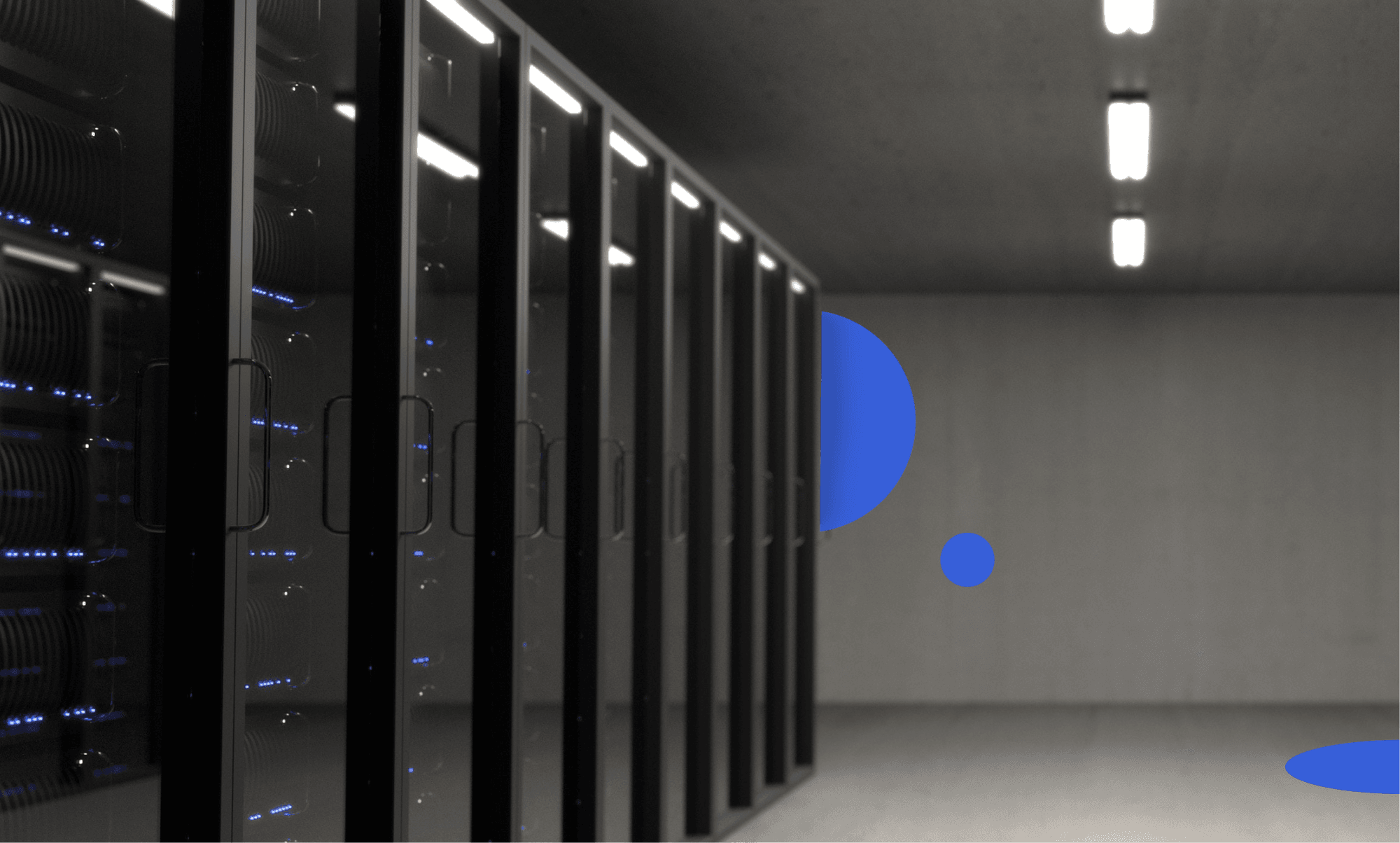
What are they? Edge computing places computation closer to the data source, reducing the delay and data transmission requirements associated with transferring information to a central cloud data center. In edge computing, processing and analysis take place on local devices or servers, closer to where the data is generated.
Cloud computing refers to the delivery of computing services, including storage, processing power, networking, and software, over the Internet. Instead of hosting software and data on local servers or personal devices, cloud computing relies on remote data centers managed by cloud service providers.
How Will it Affect the Future? Cloud and Edge Computing will significantly impact the future by enabling more efficient and responsive data processing and services. The cloud will continue to provide scalable and cost-effective resources for large-scale data processing and storage. At the same time, Edge Computing will bring processing closer to devices, reducing latency and enabling real-time applications, ultimately driving innovation in areas like Internet of Things (IoT), Artificial Intelligence (AI), and automation.
Why Does This Trend Matter? Cloud Computing and Edge Computing matter because they enhance efficiency, enable real-time processing, and improve user experiences. What's more, they enhance data privacy and security, ensure reliability, support scalability, foster innovation, and contribute to environmental sustainability.
#9 Quantum Computing
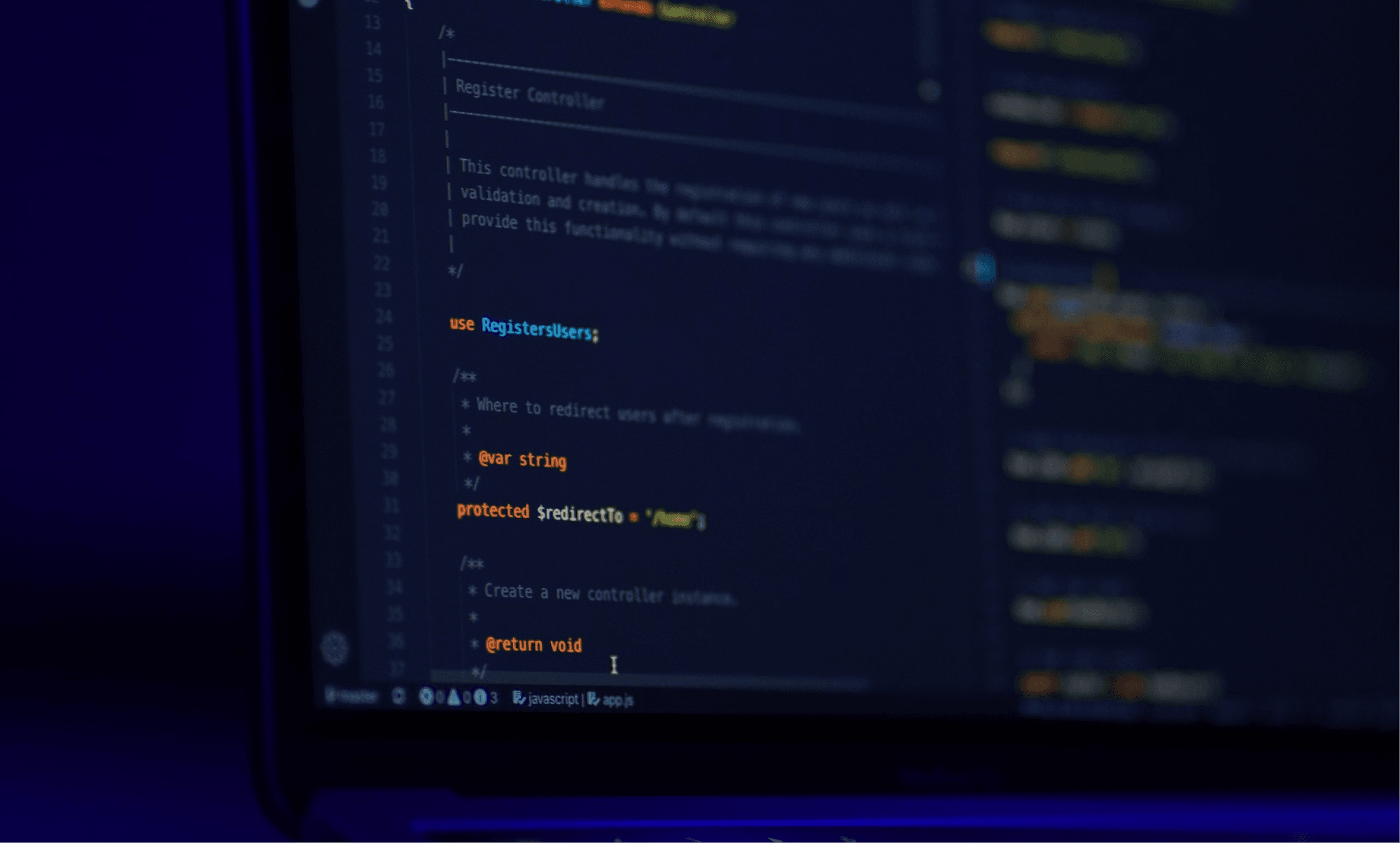
What is it? Quantum Computing is a cutting-edge technology that harnesses the power of quantum mechanics to process information at speeds unimaginable with traditional computers, promising breakthroughs in fields like cryptography, optimization, and drug discovery.
How Will it Affect the Future? Quantum Computing holds the potential to revolutionize the future by solving complex problems much faster than classical computers. It can transform fields like cryptography, enabling unbreakable encryption, and accelerate drug discovery, optimization, and AI, ushering in a new era of innovation and scientific advancement.
Why Does This Trend Matter? Quantum computing technology is not yet available to the public, and it will stay this way for a while. The computing power that this kind of machine holds can be used in systems responsible for the smart distribution of energy or an innovative traffic system for the whole country. This kind of technology working with artificial intelligence will bring a new generation of autonomous systems and e.g., industrial automation.
#10 Electrification and Renewables

What is it? Electrification refers to the transition from traditional fossil fuels to electricity as the primary source of energy for various applications, such as transportation, heating, and industrial processes. It involves replacing combustion engines with electric motors and adopting electric heating and cooling systems.
Renewables, short for renewable energy sources, are energy resources that can be naturally replenished, such as solar, wind, hydropower, and geothermal energy. These sources are considered environmentally friendly because they produce minimal greenhouse gas emissions and offer a sustainable alternative to fossil fuels for generating electricity and heat. The integration of renewables into electrification efforts is a key strategy for reducing carbon emissions and mitigating climate change.
How Will it Affect the Future? Electrification, coupled with renewables, will drive a more sustainable future by reducing carbon emissions, improving air quality, enhancing energy security, spurring technological innovation, and promoting economic growth while increasing access to clean energy.
Why Does This Trend Matter? This trend matters because it addresses urgent environmental concerns by reducing carbon emissions, improving air quality, and mitigating climate change. Additionally, it fosters energy security, drives innovation and economic growth, and promotes equitable access to clean energy, ensuring a more sustainable and prosperous future.
#11 Sustainable Technology
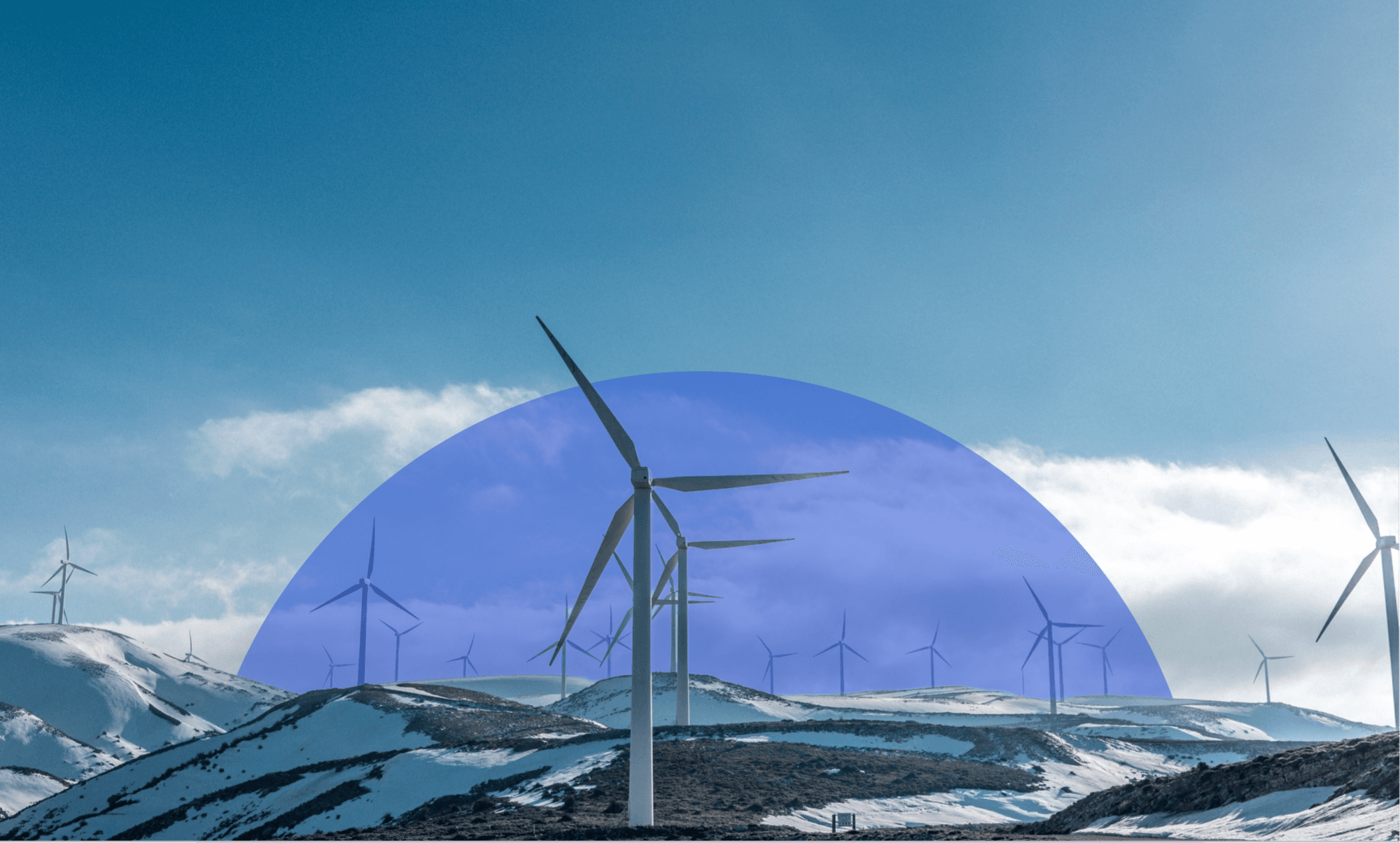
What is it? Sustainable technology, often referred to as “green technology,” encompasses innovations and practices that aim to minimize negative environmental impacts while promoting resource efficiency. It includes technologies designed to reduce carbon emissions, enhance energy efficiency, manage waste more responsibly, conserve natural resources, and support a circular economy. Sustainable technology plays a crucial role in addressing global environmental challenges and building a more sustainable and resilient future.
How Will it Affect the Future? Sustainable technology will play a big part in the future technology trends. Global warming affects every living creature on planet Earth and it is a common cause. Current computing power can help engineers and scientists with the regulation of current ecosystem needs. Data-driven technology and changes in industry leaders' decisions will play a key role in the future of sustainable technology.
Why Does This Trend Matter? This trend matters because sustainable technology is essential for mitigating environmental issues, reducing carbon footprints, conserving resources, and transitioning to a more eco-friendly and resilient global economy. It addresses pressing challenges like climate change and resource depletion while fostering innovation, economic growth, and a healthier planet.
What's Next After Knowing About These Emerging Technologies?
That is a significant amount of tech trends – it's good to contextualize them. Without an understanding of the connections that each emerging technology has, it's hard to imagine how they will change our future.
We can only guess what is coming next, but to be honest – it is something straight out of science fiction. Let's remember that Hitchhiker's Guide to The Galaxy and Blade Runner had some great guesses when it comes to modern and future trends in technology.
Trending Technologies – Honorable Mentions
We also have a list of things, that are worth mentioning, but didn't make it to our main text:
- robotic process automation,
- gene editing,
- data-driven services,
- drone technology,
- and autonomous vehicles.
Did we miss something? Please let us know on our social media or write an e-mail at hello@herodot.com.
If You Enjoyed this Article, Check Out our Other Publications:
What is Artificial Intelligence (AI)? A Beginner’s Guide by Igo Lubczański
Need expert assistance with your digital project?


